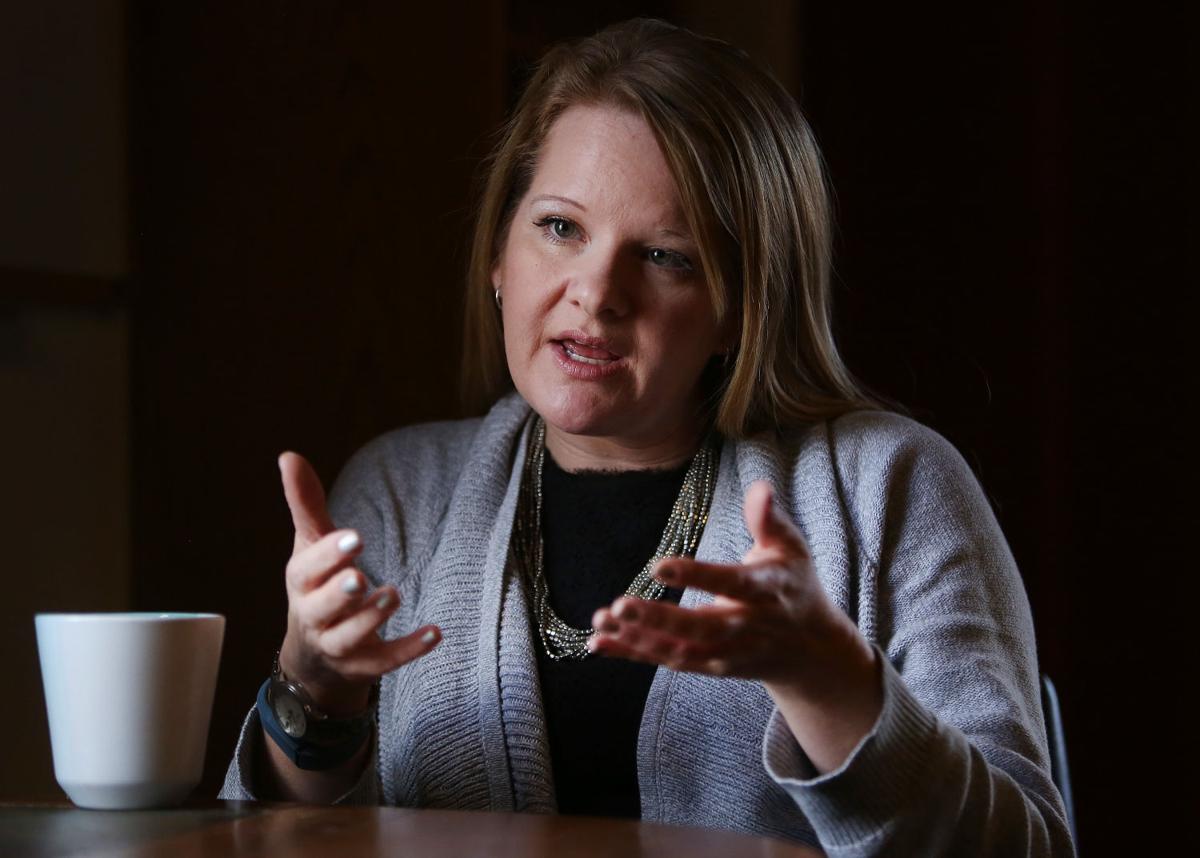More than 30 years since the Sanctuary Movement that originated in Tucson, faith leaders say they are reliving the same situation as the government seeks to deport families who came through in 2014.
“We feel as we are once again living through a nightmare all too familiar to us,” said Alison Harrington, pastor of Southside Presbyterian Church, which was the home of the Sanctuary movement in the 1980s that protected thousands of Central Americans fleeing war.
Faith leaders called on the federal government to put an end to the raids and said they are ready to open their doors again to protect those at risk.
“The gift of sanctuary is what churches and faith communities can give them,” Harrington said during a conference call Wednesday with religious leaders and immigrant groups.
“I’m sure we will have a sanctuary case nationally in the next week because there’s the need for it, because people are scared to death, because moms want to keep their babies safe,” Harrington said after the conference, “and communities of faith are outraged moms and kids are being deported back to what? We know it’s extreme violence.”
Over the past weekend, federal immigration officers arrested 121 Central American single parents and their children who crossed the border after May 1, 2014 and had a final order of deportation during targeted operations in Texas, Georgia and North Carolina.
Since the summer of 2014, more than 240,000 unaccompanied minors and single parents traveling with their children have been apprehended at the border, mostly in Texas. The number of apprehensions in 2015 were nearly half of what they were the year before, but the numbers are rising again.
Immigrant advocates say the federal government is violating its own asylum policies and laws by not fully protecting the Central Americans who have fled from violence.
The government has taken a deterrence approach from the beginning, said Marielena Hincapié, executive director of the National Immigration Law Center.
“There is basically a hemispheric bias in our refugee system,” she said. “These families that are also fleeing violence — the same way as other refugees coming from other parts of the world — are not being welcomed to our country. Instead, we are at risk of deporting them back to their persecutors, deporting them back to their death, deporting them back to rape and sexual assault.”
They say many of these families have been processed without legal representation and, in some cases, ineffective representation.
The idea of Sanctuary immediately came up after the news of the raids, Harrington said, because she doesn’t see another option.
“I feel we’ve advocated, we’ve protested, we’ve marched, we’ve done everything we can and when it comes to human lives we kind of feel our backs are against the wall,” she said. “The last thing that we have available to us is the strategy of sanctuary.”
Harrington got a call from another group in Chicago on Christmas Eve after the Washington Post broke the story about the government’s plans.
Since then, she said she’s been calling Tucson faith leaders and churches in other parts of the country to help organize.
Organizers are trying to get information of where the raids are happening and what churches are willing to provide sanctuary, she said. There will also be a webinar Monday for interested faith leaders and she’s meeting with Tucson clergy this week.
Nationwide, there are over 300 churches in more than 30 states that have expressed an interest in offering sanctuary, said Noel Andersen, national grass-roots coordinator at Church World Service .





